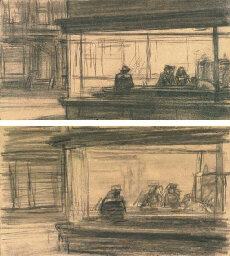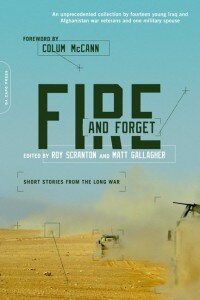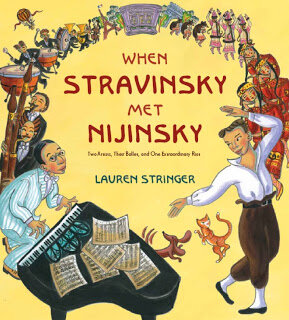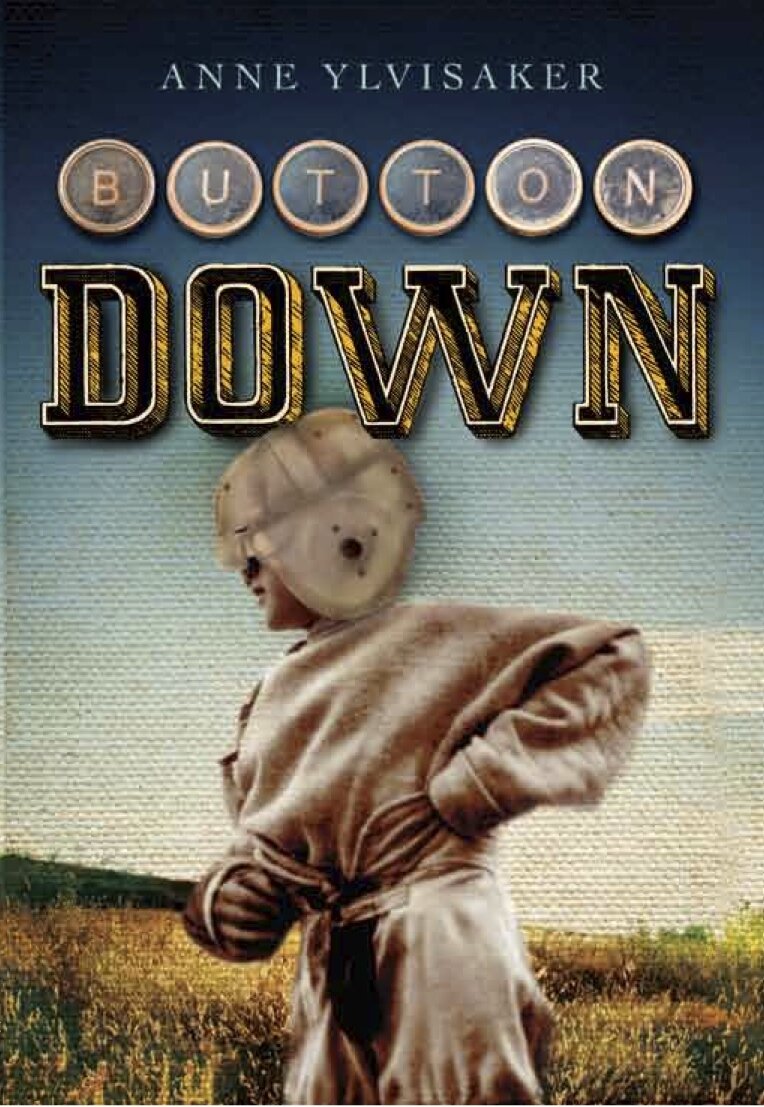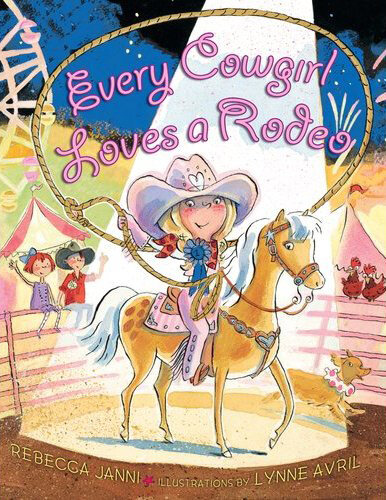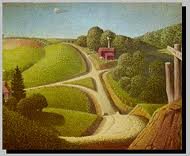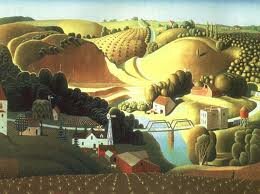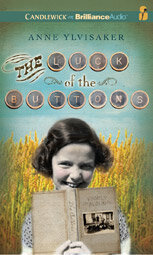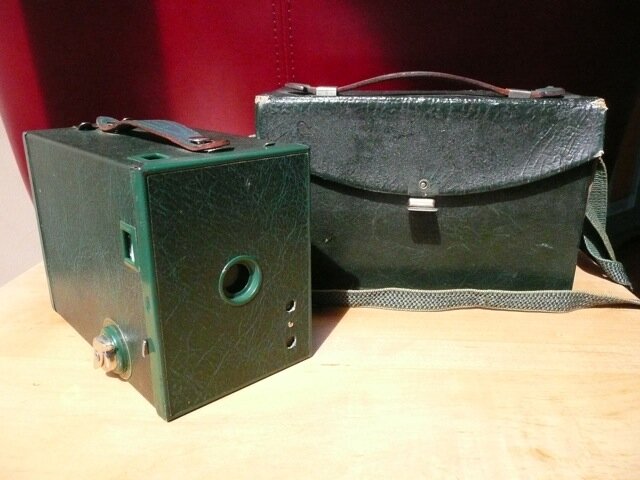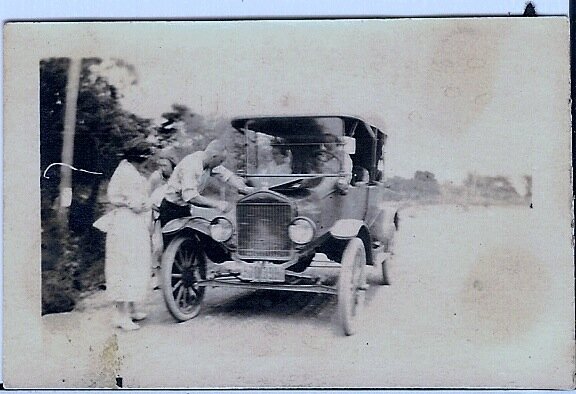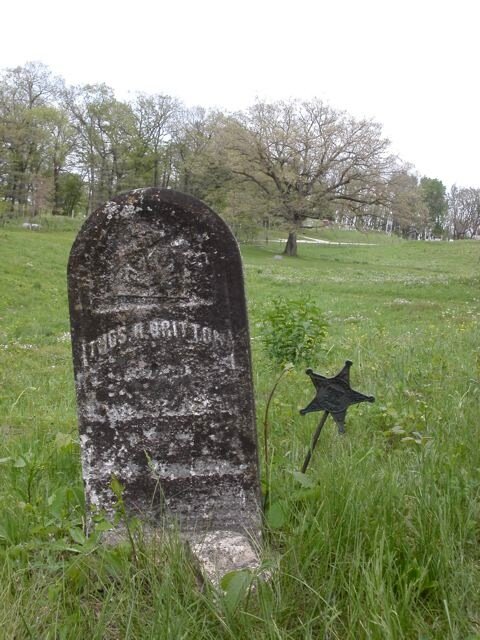I am thrilled to be participating in the My Writing Process Blog Tour, which has been touring the world for many months, through many genres. Lauren Stringer, author and illustrator of many beautiful picture books, passed the baton to me. Please check out her post here. I’ll answer the tour’s four questions today, then tag two authors to share next week.
1. What am I working on?
I am getting ready for the November release of THE CURSE OF THE BUTTONS, my final book about the comically unlucky Button family. I reeled in generations of this fictional family to discover what put the Buttons on their path of misfortune and uncovered Great Granddaddy Ike’s boyhood story, set during the first summer of the Civil War.
I’m also writing my way into a new story. It’s still in a shy stage, so more on that another time.
2. How does my work differ from others of its genre?
William Stafford has a wonderful essay about how historical events were once experienced by individuals as current events. As I write about an event in the past, I experience it through fictional individuals as if it was a current event. I hope that sense of immediacy comes through in my novels.
3. Why do I write what I do?
I write because I wonder about us in all our humanness. I wonder about choices we make, relationships we have, how we resolve difficult emotions, why and how we interact in community. I was fortunate to have had a childhood that was particularly rich in intergenerational community, so that is a theme common to my books.
4. How does your writing process work?
As I begin a novel, I sort collections of images, posting on my wall anything that catches my eye, for color, for subject, for a feeling it stirs up in me. I especially like historic photographs for which I don’t have the background story, allowing scope for my imagination.
Once I have a collection of images, I start over and over and over again, writing the first things that pop into my head. At the same time, I follow tidbits of research about whatever era my noodlings lead me to. Then, once I have a spark of a story, I write to find out what happens next. Every day starts with “I wonder…”
Look for answers about the writing process from these authors next week:
Michelle Edwards is the author and illustrator of many books for children, one book for adults, and nearly one hundred essays and cards for knitters. Her titles include: CHICKEN MAN (winner of the National Jewish Book Award) and A KNITTER’S HOME COMPANION (an illustrated collection of stories, patterns and recipes). Michelle grew up in Troy, New York and now lives in Iowa City, Iowa, where she shares, with her husband, a house full of books, yarn, and the artifacts of their three daughter's childhoods. www.michelledwards.com
Jacqueline Briggs Martin has published 16 books for children. Her picture book biography of a self taught scientist–SNOWFLAKE BENTLEY, illustrated by Mary Azarian, (Houghton Mifflin, 1998), was awarded the 1999 Caldecott medal by the American Library Association. THE LAMP, THE ICE, AND THE BOAT CALLED FISH, Houghton Mifflin, 2001) was named an ALA Notable Book. ON SAND ISLAND (Houghton Mifflin, 2003) was named to Publishers Weekly’s “Best Books of the Year” list. Her most recent book FARMER WILL ALLEN AND THE GROWING TABLE (Readers to Eaters Press, 2013) was named a Notable Book by the ALA. This fall Readers to Eaters will publish a picture book biography of Alice Waters—ALICE WATERS AND THE TRIP TO DELICIOUS.
Jacqueline Briggs Martin and her husband Richard live in Mount Vernon, Iowa. www.jacquelinebriggsmartin.com.



